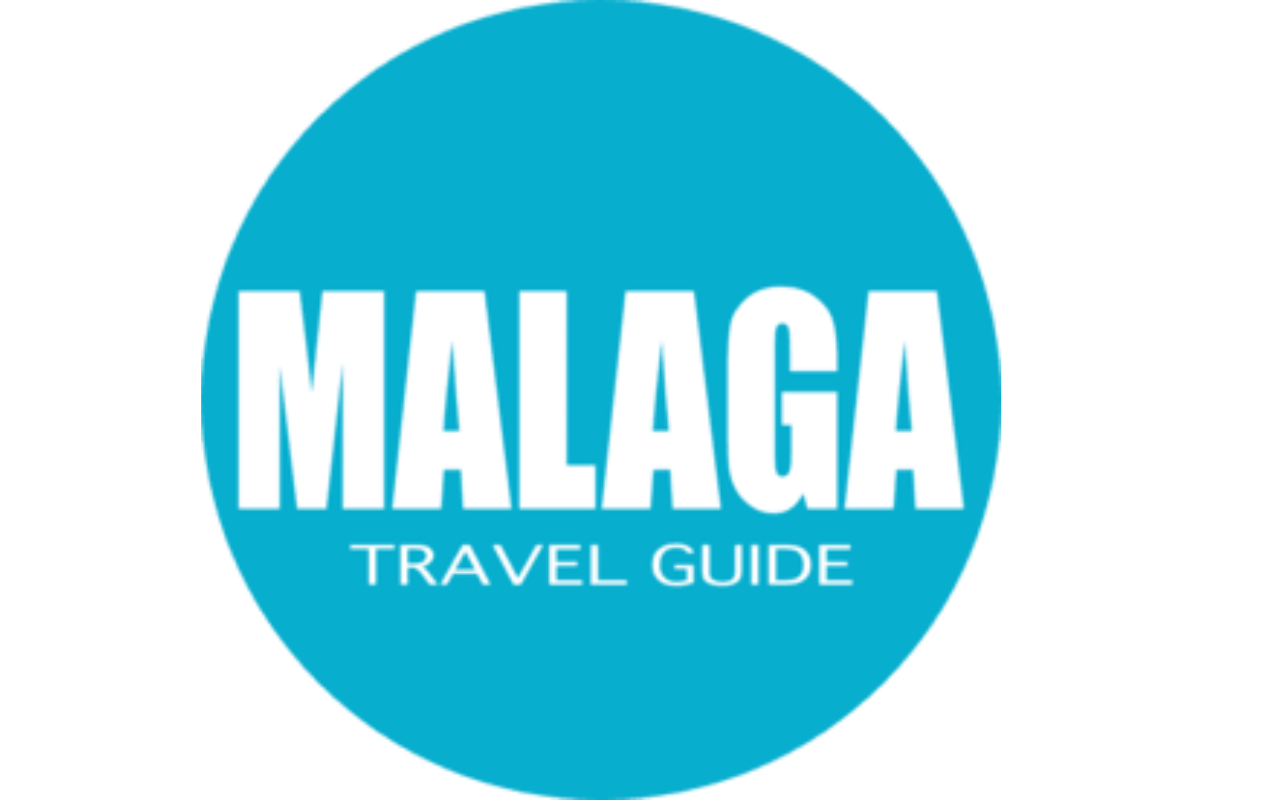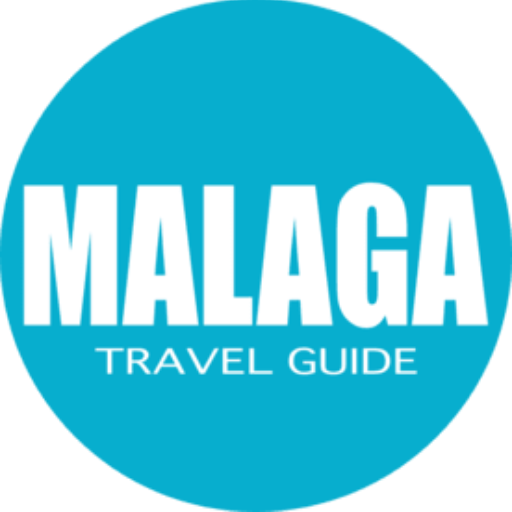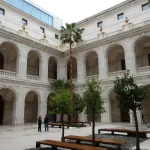Muelle Uno, Malaga Port
A Guide to Shopping and Leisure at the Muelle Uno Malaga Port
Málaga is a city that combines history, culture, and modernity in a unique way. Its port, one of the oldest and historically important in the Mediterranean, is a testament to its maritime heritage. Muelle Uno, the shopping and leisure area located in the port, is where you can enjoy the best views of the city and the Alcazaba. Muelle Uno Port of Malaga is a great place to visit and indulge in some retail therapy, gastronomy, and entertainment.
What to see and do at Muelle Uno
Muelle Uno offers something for everyone, whether you are looking for fashion, art, or fun. Here are some of the highlights:
- Shopping: Muelle Uno boasts a wide range of shops selling clothes, accessories, cosmetics, and home decor. You can find well-known brands such as Lacoste, Helly Hansen, and Kiko. Also local and original products such as handmade jewellery, organic foods, and olive oil. If you love markets, don’t miss the monthly zoco at Muelle Uno, which takes place on the second Sunday of every month and has nearly 100 stalls selling crafts and vintage items¹.
- Dining: Muelle Uno has a variety of restaurants and bars where you can taste different cuisines from around the world. You can try Japanese food at Mikado, Italian food at Il Forno Romano, or Spanish seafood at Marisqueria Godoy. If you want to splurge, you can visit Café de Paris, a one-Michelin-starred restaurant by chef Jose Carlos García. For a more casual option, you can grab a beer at La Sureña or a glass of wine at Bodega Quitapenas.
- Leisure: Muelle Uno is not only a place to shop and eat, but also to have fun. You can enjoy the views of the port and the city from the Ferris wheel or the catamaran cruises. Don’t forget to visit the Centre Pompidou Malaga. This is a branch of the famous Parisian museum that showcases contemporary art in a colourful cube-shaped building. If you are travelling with kids, you can take them to the playgrounds or the ice cream parlours.
How to get to Muelle Uno Malaga Port
Muelle Uno is located in the port of Malaga, next to La Malagueta beach and Malaga Park. It is easily accessible by public transport or by foot from the city centre. Here are some options:
- By bus: You can take any of the following bus lines that stop near Muelle Uno. 1, 3, 4, 11, 14, 16, 19, 25, 32, 33, 34, 35. The bus fare is 1.30€ per trip or 0.82€ if you use a rechargeable card.
- By train: You can take the Cercanías train (suburban rail) to Malaga Centro-Alameda station. This is roughly about 15 minutes walk from Muelle Uno. The train fare depends on your origin station but ranges from 1.80€ to 5.20€ per trip.
- By bike: You can rent a city bike from any of the bike stations around the city for 24 hours for 15.75€. There are bike lanes along the promenade that lead to Muelle Uno.
- By car: You can park your car at Muelle Uno’s underground parking lot for 2.95€ per hour or 18€ per day. There are also other parking options nearby such as Plaza de la Marina or Paseo del Parque.
The history of Muelle Uno Malaga Port
Muelle Uno is part of the port of Malaga’s history and transformation. The port was founded by the Phoenicians in the 8th century BC. It has been a strategic point for trade and commerce ever since. It has witnessed the passage of different civilizations such as Romans, Arabs, Christians, and French.
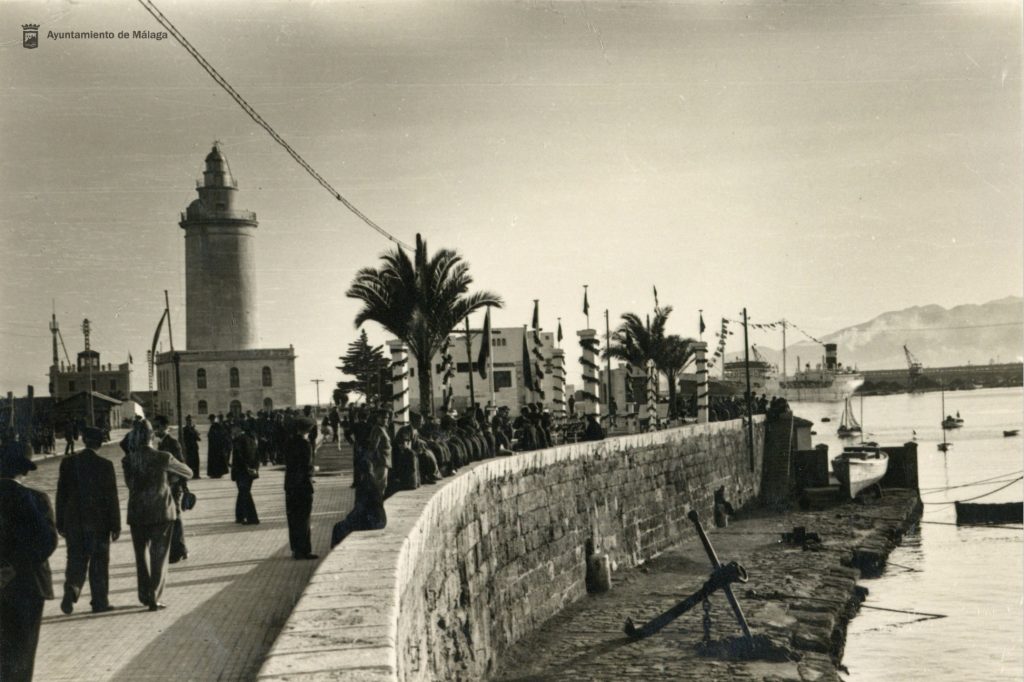
Ancient and medieval times of Malaga Port
The Port of Malaga was founded by Phoenicians from Tyre in around 1000 BC. The name Malaka is probably derived from the Phoenician word for salt because fish was salted on the first dock; in other Semitic languages the word for salt is still Hebrew מלח mélaḥ or Arabic ملح milḥ. This first dock was a single waterfront quay parallel to the shore and extending for about 500 metres from the customs house to the Puerta Oscura.
By Roman times Malaga had become an important export port for minerals, pottery, almonds, wine and oil. An Iberian delicacy was fish prepared with garum, a fish-based pickle that was a popular accompaniment to fish dishes throughout the Roman Empire and which was distributed throughout its vast territories via Málaga. Trade continued to grow, peaking when Malaga (now Mālaqah in Arabic) was declared the capital of the Islamic kingdom of Granada in 1026. The port assumed a strategic importance as an embarkation point for Spanish soldiers in the conquest of the Rif, Melilla, Peñon de Velez and Oran.
The port also became a major centre of commerce. It traded profitably with the Arabic territories of the Maghreb (North Africa) and the rest of the Mediterranean by means of its gradually expanding port. The city had a thriving pottery industry, producing ornamental terracotta vases. These were known as Málagan lustreware that were highly valued in Europe and Asia. The port’s development reached its peak during the Nasrid Dynasty, rulers of the kingdom of Granada. They constructed cavernous, sophisticated shipyards, known as atarazanas, during the latter half of the 14th century. Some of the great Moorish archways of the principal atarazana have survived today and serve as the facade to one of Málaga’s best covered markets, appropriately called the ataranaza market².
Imperial Spain
The port’s fortunes changed dramatically after the Catholic Monarchs conquered Granada in 1492 and expelled the Muslims and Jews from Spain. The port became a base for Spanish exploration and colonization of the Americas, as well as a hub for trade with Europe and Asia. The port grew swiftly throughout the 16th and 17th centuries. It established itself as Spain’s major export port for cereals and manufactures during the Habsburg and Enlightenment eras. In 1720 King Philip V appointed French engineer Bartolome Thurus to prepare a project of port expansion for commercial and military needs, culminating in the construction of both the East Dock and the New Quay. The first lighthouse was built in 1814.
Twentieth century, Malaga Port & Muelle Uno
The port’s decline began in the 19th century, as new ports opened in North Africa and the Middle East. As post-war reconstruction led to the massive expansion of facilities at Port of Rotterdam and elsewhere. The Málaga- Puertollano oil pipeline, which permitted oil exports directly from the port, ceased operation in the 1990s. Port operations were concentrated around ten wharves on the southern border of the existing port.
In 2011, after 13 years of planning and negotiations, an 80-million-euro budget, and over 400 new jobs created. Muelle Uno was officially inaugurated as an open-air shopping centre that revitalized the port area and connected it with the city. It is now one of the most popular and attractive places in Malaga, where locals and visitors can enjoy the Mediterranean lifestyle.
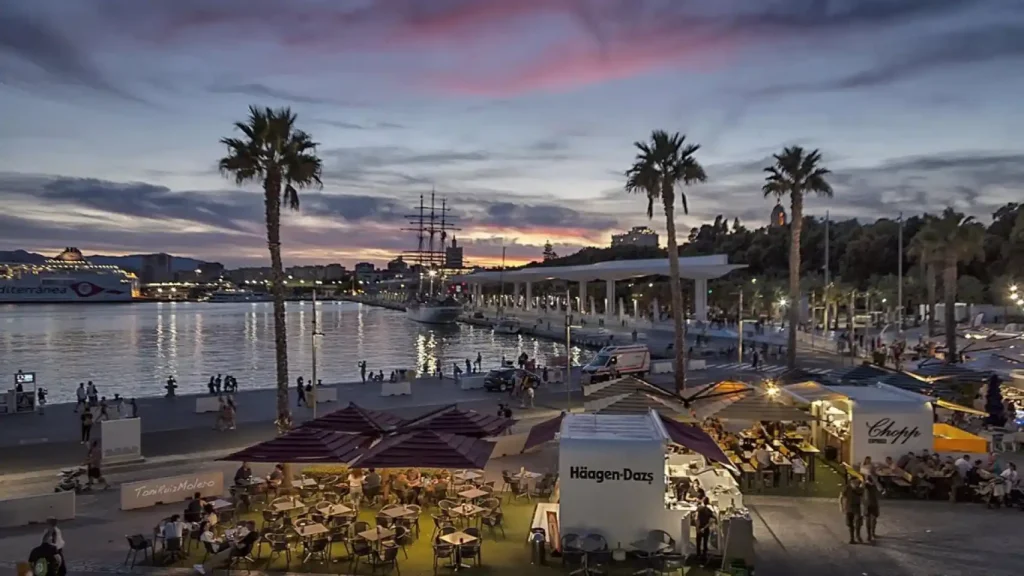
Conclusion
Málaga Port and Muelle Uno are a must-see for anyone who visits the city of light. It offers a unique combination of history, culture, and modernity. Muelle Uno has a variety of shopping, dining, and leisure options for all to enjoy.. It’s close proximity to Malaga city centre makes it a great place to visit.




